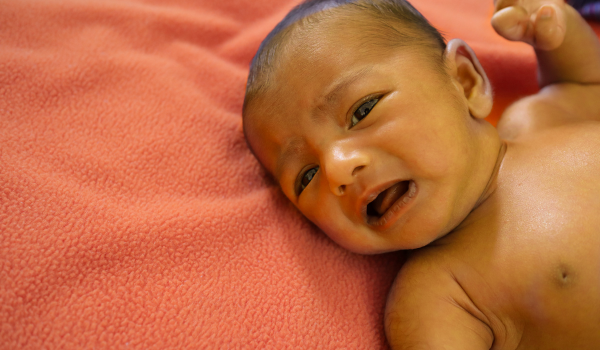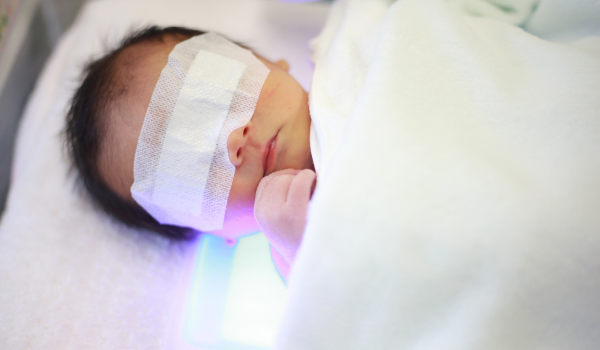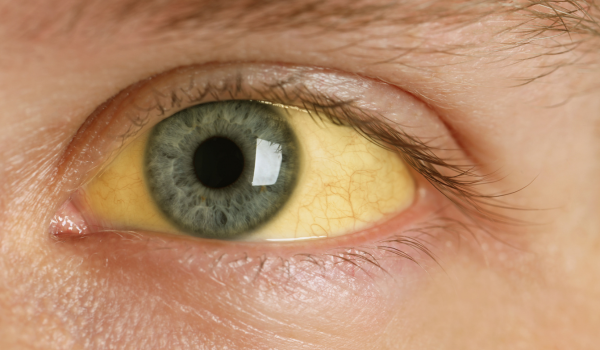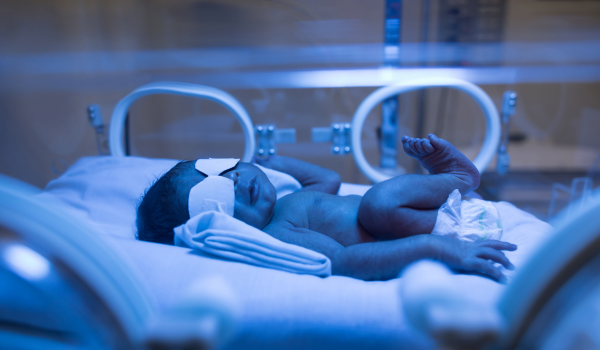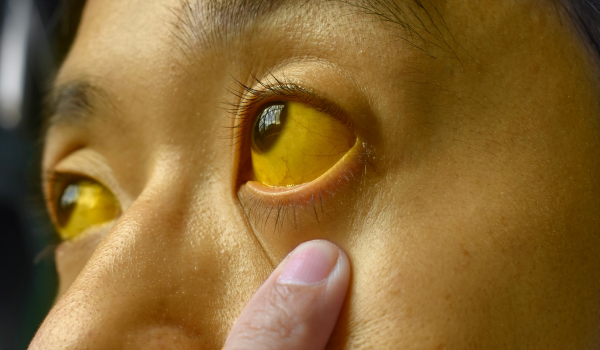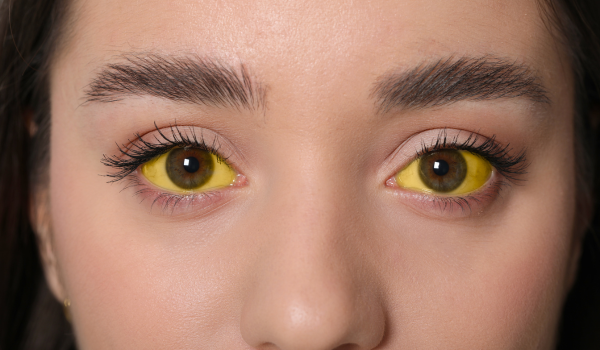
Jaundice is a visible condition that causes the skin, eyes, and sometimes the mucous membranes to turn yellow. While the change in color is its most recognizable sign, jaundice can present with a variety of other symptoms that point to underlying health issues.
Recognizing these symptoms early is crucial, as jaundice is not a disease itself but a symptom of potentially serious conditions, such as liver disease, bile duct obstruction, or blood disorders. This guide outlines the most common symptoms of jaundice, what they mean, and why timely detection matters.
Yellowing of the Skin
The most well-known symptom of jaundice is yellow skin. This discoloration starts subtly, often appearing first on the face before spreading to the rest of the body.
The yellow color comes from bilirubin, a pigment that builds up in the blood when the liver cannot process it effectively. The intensity of the yellow tone can vary from light to deep golden, depending on the severity and cause.
Yellowing of the Eyes
Yellowing of the sclera — the whites of the eyes — is another hallmark sign. In fact, eye discoloration often appears before skin changes, making it an important early warning sign.
Since bilirubin is highly visible against the white background of the eye, even mild jaundice can be spotted this way.
Dark Urine
Bilirubin that isn’t properly processed by the liver can be excreted in urine, giving it a dark amber or tea-like color. This is often one of the first changes patients notice.
Dark urine with jaundice usually indicates a liver or bile duct problem rather than simple dehydration.
Pale Stools
When bile flow from the liver to the intestines is blocked, stools can lose their normal brown color and become pale, clay-colored, or gray.
This change suggests that bilirubin is not reaching the intestines, a sign of obstructive jaundice often linked to gallstones or tumors.
Itching (Pruritus)
High levels of bile salts in the bloodstream can cause widespread itching, sometimes severe enough to disturb sleep.
This itching tends to affect the hands, feet, and limbs but can occur anywhere on the body. It is more common in obstructive jaundice.
Fatigue
Fatigue is a common but less visible symptom of jaundice. It can be caused by:
-
The underlying illness affecting the liver or red blood cells
-
The body’s increased effort to process bilirubin
-
Associated inflammation or infection
Chronic tiredness should never be ignored, especially if paired with visible jaundice.
Abdominal Pain
Pain or discomfort in the upper right side of the abdomen — where the liver is located — can signal a serious cause of jaundice, such as hepatitis, liver swelling, or gallbladder problems.
Sharp pain accompanied by jaundice should be evaluated immediately.
Nausea and Vomiting
Digestive disturbances like nausea and vomiting can occur with jaundice, particularly if it’s linked to liver disease or bile duct obstruction. These symptoms often worsen after eating fatty foods.
Loss of Appetite
Many people with jaundice experience a reduced desire to eat, which can lead to unintentional weight loss. Appetite loss is often related to inflammation, infection, or general discomfort caused by the underlying disease.
Fever and Chills
When jaundice is caused by an infection — such as viral hepatitis or cholangitis — fever and chills may develop.
A fever combined with jaundice is a red flag for urgent medical attention, as it may indicate a severe infection requiring immediate treatment.
Swelling in the Abdomen
A buildup of fluid in the abdomen (ascites) can occur when liver disease progresses. This swelling, paired with jaundice, often points to advanced liver damage such as cirrhosis.
Mental Changes
High bilirubin levels and liver dysfunction can affect brain function, leading to confusion, difficulty concentrating, or even drowsiness. This condition, known as hepatic encephalopathy, is a medical emergency.
When to Seek Medical Help
While mild jaundice in newborns or after certain illnesses can resolve on its own, adult-onset jaundice should always be investigated promptly. Seek medical attention if jaundice appears with:
-
Severe abdominal pain
-
High fever and chills
-
Sudden confusion or drowsiness
-
Unexplained weight loss
These may indicate a serious and potentially life-threatening cause.
Conclusion
Jaundice is more than just a change in skin or eye color — it’s a signal that something may be wrong with the liver, bile ducts, or blood cells. By recognizing early symptoms like yellow eyes, dark urine, pale stools, and fatigue, you can seek timely medical evaluation and treatment.
Prompt diagnosis and intervention can make a significant difference in outcomes, especially when jaundice is linked to serious underlying conditions.
